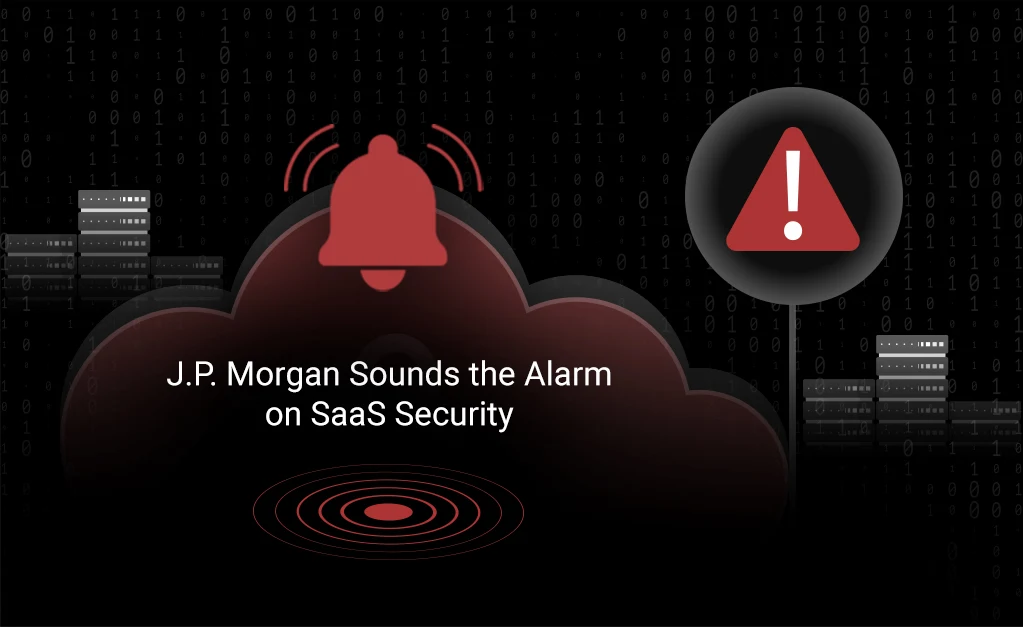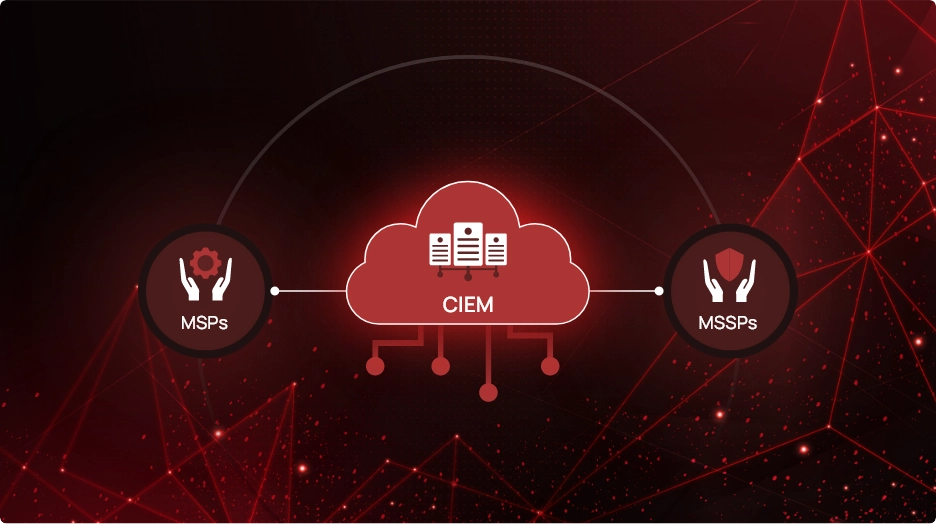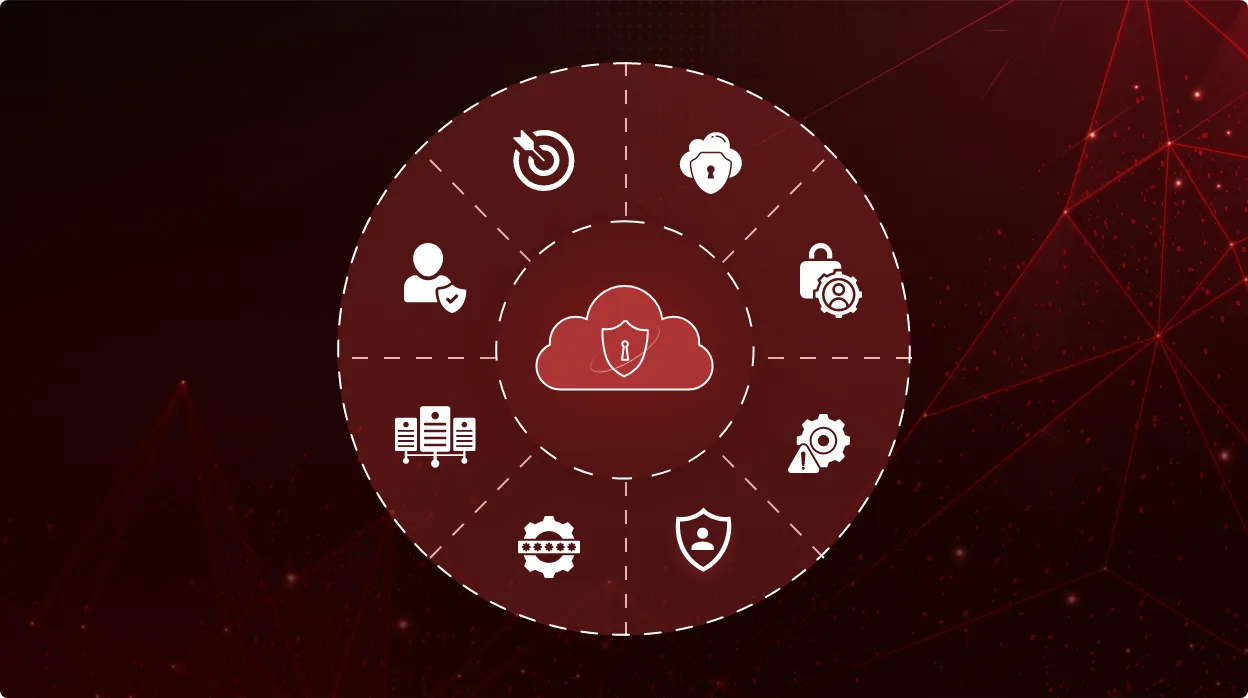JP Morgan Sounds the Alarm on SaaS Security: Here’s What You Need to Know

In an age where digital transformation drives business success, few things are as universally relied upon as SaaS solutions. The convenience, flexibility, and scalability of SaaS offerings have reshaped entire industries. But as adoption has skyrocketed, so too has a troubling security blind spot—one that could have far-reaching consequences. In an open letter from JP Morgan’s Chief Information Security Officer (CISO), Patrick Opet, the banking giant issued a stark warning about the dangers lurking in the SaaS ecosystem.
His message: security must no longer be an afterthought; it needs to be embedded into every aspect of SaaS offerings, by default, from the outset. In this article, we’ll explore why the shift from “secure by design” to “secure by default” is critical for SaaS vendors, and how SSPM (SaaS Security Posture Management) can play a key role in bridging the security gaps.
Secure by Design vs. Secure by Default: The Gap No One Is Closing
Traditionally, SaaS products have followed a secure by design approach. In simple terms, this means that security features are considered and incorporated during development, ensuring that the foundation of the software is secure. However, security by design is no longer enough when the default settings of a service can expose users to serious risks.
Modern SaaS integration patterns often collapse the boundaries between what was once considered “trusted” and “untrusted.” When security is built in but not enabled by default, the result is an environment where the simplest configuration oversight can open doors for attackers. The secure by design approach might have protected the system at its core, but without secure-by-default configurations, it is too easy to overlook security measures that ultimately leave data exposed.
JP Morgan’s Wake-Up Call: SaaS Is Becoming a Liability
Patrick Opet’s letter paints a vivid picture of the growing risks inherent in today’s SaaS landscape. The rise of token theft, opaque fourth-party dependencies, and privileged access without transparency are just some of the issues causing concern for JP Morgan’s security team. Increased reliance on a handful of SaaS providers creates a concentration risk—meaning that if one vendor experiences a breach, the ripple effects can spread quickly across multiple organizations, especially those dependent on interconnected systems.
The CISO’s letter also talks about how the very technologies that fuel productivity—such as calendar optimization services and email integrations—can, when compromised, expose sensitive data, putting both the vendor and their customers at risk.
Moreover, the shift to SaaS hasn’t just redefined how we use software. It has dismantled traditional security boundaries that were once a cornerstone of safe IT practices. Historically, organizations segmented internal systems from external services, applying strict controls to prevent unauthorized access. Now, modern SaaS integration models combine authentication and authorization, allowing direct (and sometimes unchecked) interactions between third-party services and sensitive internal resources.
This collapse of boundaries creates a single point of failure: if one vendor is breached, it can allow attackers to move laterally across interconnected systems. In short, security isn’t just about the app anymore—it’s about the broader ecosystem.
What Secure-by-Default Should Look Like in 2025
The challenge now is to define what “secure by default” really means in a SaaS context. At its core, security should be built into the fabric of the product, and it should be active by default, not something the user has to manually configure.
Some key characteristics of a secure-by-default SaaS product include:
- Zero-trust configurations: Every action—whether internal or external—must be validated and authenticated.
- Minimum privilege roles: Users should be given the least amount of access necessary for their job, reducing the risk of privileged accounts being exploited.
- Continuous monitoring and logging: Users should be able to access transparent logs and receive immediate alerts if something seems out of the ordinary.
- Automatic token expiration: Tokens should be short-lived, automatically expiring after a set period to minimize the risk of misuse.
The Role of SSPM in Securing the SaaS Ecosystem
As organizations scale their use of SaaS applications, the complexities of managing security across multiple services are becoming overwhelming. SSPM tools provide a much-needed solution to this challenge. SSPM platforms help enterprises maintain visibility and control over their SaaS environments, ensuring that they adhere to security best practices.
By continuously monitoring configurations, access controls, and integrations, SSPM solutions help organizations detect misconfigurations, improper access, and non-compliance with security policies. This ensures that SaaS security is continuously assessed, and that vulnerabilities are remediated before they can be exploited.
CheckRed: A Tool for Strengthening SaaS Security
As SaaS security challenges intensify, CheckRed offers critical support in managing security across diverse applications. CheckRed’s platform helps organizations secure their SaaS stack, offering real-time monitoring, visibility into third-party integrations, and advanced analytics to identify and mitigate potential risks.
By integrating CheckRed with your organization’s SSPM strategy, you gain deeper insights into security gaps across your SaaS ecosystem, ensuring that you’re not just relying on your vendors to secure your data but taking an active role in safeguarding your environment.
Conclusion: A New Standard for SaaS Security
The shift to secure by default is not a trend—it is the future of SaaS security. JP Morgan’s open letter is a critical reminder that security must be the foundation of every service. Vendors who prioritize speed over security, risk exposing not only their customers but the broader digital ecosystem to dangerous vulnerabilities.
As organizations continue to rely on an expanding number of third-party providers, adopting solutions like SSPM and integrating tools such as CheckRed will be key to ensuring that SaaS adoption doesn’t come at the cost of security.
If you would like to know more about how we can help protect not just your SaaS environment, but also your entire cloud, get in touch with us!


